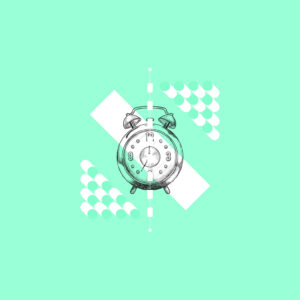
The Erosion of Consequence in elite teams
Elite teams rarely break from incompetence. They break from misalignment that is not named—until it’s too late.
What masks the breakdown is performance. Output remains high, the team moves fast, the optics look clean. But underneath, something has shifted. Standards are less enforced, boundaries blur, clarity softens to protect cohesion. And slowly, without declaration or rupture, consequence disappears.
This erosion is subtle, but structural. It begins when truth starts being measured against tone or when discomfort is avoided to preserve trust. When “we’re all adults” becomes code for no one is willing to hold the line. The team keeps operating—but accountability becomes discretionary. Correction becomes emotional. Feedback becomes selective. And systems that once relied on clear standards now rely on personal dynamics to regulate behavior.
This happens more often in elite environments because the cost of rupture feels higher. These are systems built on long-standing loyalty, shared wins, mutual belief. Leaders hesitate to enforce consequence because they’re invested in the people. They’re used to high-functioning trust. And over time, they begin to confuse discretion with discipline.
In high-functioning environments, this collapse often goes undetected because performance compensates. The strongest people over-correct. The most reliable absorb the cost. And the culture rewards smoothness over precision. What looks like trust is often tolerance. What looks like psychological safety is sometimes just emotional avoidance.
Without consequence, there is no true leadership. There is only management of mood. And in systems that overvalue intelligence, creativity, or innovation, consequence is the first thing to erode—because its absence buys short-term harmony. But over time, that harmony comes at the cost of coherence.
Leaders sense the drift, but hesitate to act. They fear destabilizing what still appears functional. They trust that the team will self-correct.
But systems don’t correct what they’ve normalized.
They drift further—until someone finally enforces a boundary, and the reaction is disproportionate. Not because the enforcement was wrong, but because the system had gone too long without it.
By then, it’s often late. The most disciplined people have become quiet. The strongest have become overextended. The least aligned have filled the space. And the operating rhythm of the team is now built around avoidance—avoiding hard conversations, clear decisions, or visible standards.
Consequence is not about punishment. It’s about alignment. It creates the feedback loop that keeps systems clean. It protects the reliable. It filters distortion. And it ensures that leadership tone is not a matter of personality, but of principle.
When consequence disappears, so does real trust. People begin to self-protect. They start interpreting silence as signal. And over time, they no longer believe the system will correct what it tolerates.
Elite teams don’t lose performance first. They lose the courage to enforce what made performance possible.







